Fasteners are essential components used in various industries to join or secure materials together. The reliable performance of fasteners is crucial for the safety and durability of structures, machines, and products. To ensure consistency, compatibility, and safety, the International Organization for Standardization (ISO) has developed a comprehensive set of standards specifically for fasteners. In this article, we will explore the importance of ISO standards for fasteners, the key aspects covered by these standards, and the benefits they offer in maintaining quality and reliability in fastening applications.
Understanding ISO Standards for Fasteners

What Are ISO Standards?
The International Organization for Standardization (ISO) is an independent, non-governmental international organization that develops and publishes standards for various industries worldwide. ISO standards are designed to facilitate international trade, improve product quality, and ensure safety and compatibility across different regions.
ISO (International Organization for Standardization) has developed several standards for fasteners to ensure their compatibility, quality, and safety.
Understanding Screw Related Articles:
Importance of ISO Standards for Fasteners
ISO standards for fasteners play a vital role in ensuring uniformity, quality, and performance of fasteners used in industrial applications. They provide manufacturers, suppliers, and users with clear guidelines and specifications to produce and select appropriate fasteners for specific purposes.
Key Aspects Covered by ISO Standards for Fasteners
Dimensions and Tolerances
ISO standards specify the dimensions, thread pitches, and tolerances for various types of fasteners, including bolts, screws, nuts, and washers. These standards ensure that fasteners from different manufacturers are interchangeable and compatible, allowing for easy assembly and maintenance.
Materials and Mechanical Properties
ISO standards define the materials and mechanical properties for different grades of fasteners. They establish requirements for factors such as tensile strength, yield strength, hardness, and elongation, ensuring the appropriate selection of fasteners for specific load-bearing and environmental conditions.
Thread Types and Specifications
ISO standards cover different thread types, such as metric, unified, and Whitworth threads, as well as their specifications. This ensures that fasteners with compatible threads can be securely engaged, preventing cross-threading and reducing the risk of failure.
Surface Coatings and Corrosion Resistance
ISO standards provide guidance on surface coatings and corrosion resistance treatments for fasteners. Proper coatings protect fasteners from corrosion, extending their lifespan and ensuring the safety and reliability of the assembled components.
Types of ISO Standards for Fasteners
ISO Metric Screw Thread Series
ISO 68-1 establishes standard sizes and dimensions for metric screw threads used in fasteners, facilitating global interchangeability and compatibility.
ISO Hexagon Bolts, Screws, and Nuts
ISO 4014, ISO 4017, and ISO 4032 cover hexagon bolts, screws, and nuts, respectively. These standards define the dimensional requirements and mechanical properties of these commonly used fasteners.
ISO Torsional Test and Minimum Breaking Torque
ISO 898-1 provides guidelines for testing the torsional strength and minimum breaking torque of externally threaded fasteners, ensuring their reliability under specific conditions.
ISO Fasteners – Surface Coatings
ISO 10683 outlines various surface coating requirements, such as electroplating, hot-dip galvanizing, and mechanical plating, to enhance the corrosion resistance of fasteners.
There are many other ISO standards that cover specific types of fasteners and their properties. When sourcing fasteners, it’s essential to refer to the appropriate ISO standard to ensure they meet the required quality and safety standards for your specific application.
Benefits of Adhering to ISO Standards for Fasteners
- Consistency and Interchangeability Adhering to ISO standards ensures that fasteners from different manufacturers have consistent dimensions and properties, allowing for interchangeability and reducing the risk of assembly errors.
- Enhanced Quality and Reliability ISO standards define material specifications and mechanical properties, leading to the production of high-quality fasteners with reliable performance in various applications.
- Improved Safety By conforming to ISO standards, manufacturers and users can be confident that the fasteners meet safety requirements, reducing the risk of accidents or failures in critical applications.
- Global Acceptance and Market Access ISO standards are recognized and accepted worldwide, facilitating international trade and market access for manufacturers and suppliers of fasteners.
Ensuring Compliance with ISO Standards
- Certification and Compliance Audits Manufacturers can obtain ISO 9001 certification, which ensures compliance with quality management systems for the production of fasteners. Compliance audits by accredited certification bodies validate adherence to ISO standards.
- Quality Control and Testing Manufacturers should implement rigorous quality control processes and testing to ensure that the fasteners meet the required specifications and mechanical properties defined by ISO standards.
- Documentation and Traceability Proper documentation of manufacturing processes and materials used, along with batch traceability, ensures that fasteners can be traced back to their origin, allowing for quick identification and resolution of any issues.
ISO standards for fasteners are fundamental to maintaining uniformity, quality, and safety in various industries where fasteners are essential components. By defining dimensions, materials, mechanical properties, and surface coatings, these standards ensure that fasteners perform reliably and consistently in different applications. Adhering to ISO standards benefits manufacturers, suppliers, and end-users alike, ensuring compatibility, interchangeability, and safety in fastening solutions. Compliance with ISO standards is a testament to a commitment to quality and continuous improvement, ultimately enhancing the reputation and reliability of fasteners in the global market. As technology and industrial needs evolve, ISO standards will continue to play a vital role in driving innovation and enhancing the performance of fasteners in modern manufacturing and construction.
Differences Between ANSI and ISO Standards
Standards play a vital role in ensuring consistency, safety, and compatibility across various industries and global markets. Two prominent organizations responsible for developing and publishing standards are the American National Standards Institute (ANSI) and the International Organization for Standardization (ISO). While both ANSI and ISO aim to establish best practices and guidelines for products and processes, there are distinct differences between the two.
Geographic Scope
One of the most significant differences between ANSI and ISO standards is their geographic coverage. ANSI standards primarily focus on the United States and its industries, while ISO standards have global applicability and are designed to be adopted internationally.
Development Process
The development process of ANSI and ISO standards also differs. ANSI standards follow a voluntary consensus-based process, where stakeholders, including industry representatives and experts, collaborate to reach a consensus on the standards’ content. In contrast, ISO standards are developed through a global consensus process involving national standards bodies from various countries.
Adoption and Recognition
ANSI standards are widely recognized and adopted within the United States, and compliance with ANSI standards is often required for products and processes in various industries. On the other hand, ISO standards have international recognition and adoption, making them essential for companies engaged in global trade and cross-border operations.
Numbering and Identification
ANSI and ISO standards use different numbering systems and identification methods. ANSI standards typically follow a numerical code, such as ANSI/ASME B16.5, where “B16.5” identifies the standard’s unique reference. ISO standards use an alphanumeric code, such as ISO 9001:2015, with “9001” representing the standard’s unique identifier.
Influence on Regulations
ANSI standards often influence U.S. regulations and can be referenced in federal, state, and industry-specific requirements. In contrast, ISO standards may serve as the basis for international regulations and technical regulations in multiple countries.
ANSI and ISO standards serve as critical frameworks for industries seeking consistency, safety, and global compatibility. While ANSI focuses on standards within the United States, ISO standards have a broader international scope. Understanding the differences between ANSI and ISO standards is crucial for businesses operating in domestic and international markets, as it helps guide the selection of relevant standards
Working With An Experienced Screw Machining Partner
Each of our design tips for short production runs can help you ensure that your production process is as smooth, cost-efficient, and fast as possible. However, there’s a lot to keep track of when optimizing screw for low-volume production, so working with a trusted manufacturing partner is also a valuable opportunity to take some of the weight off your shoulders.
From design through fulfillment, when you work with Be-Cu.com, our team of experienced engineers will provide you with the support you need to make your project possible. Our quality-based tools are designed to help you pinpoint design flaws, determine optimal order quantities, and find the right material for your part’s specific application. Simply click quote and upload your screw files. We can generate instant quotes for both additive manufacturing and CNC machining projects, which means you can get started making your new screw and parts today.
-

Swiss Machining And Bending 304 Hand Sewing Needle For Textile Machinery
-
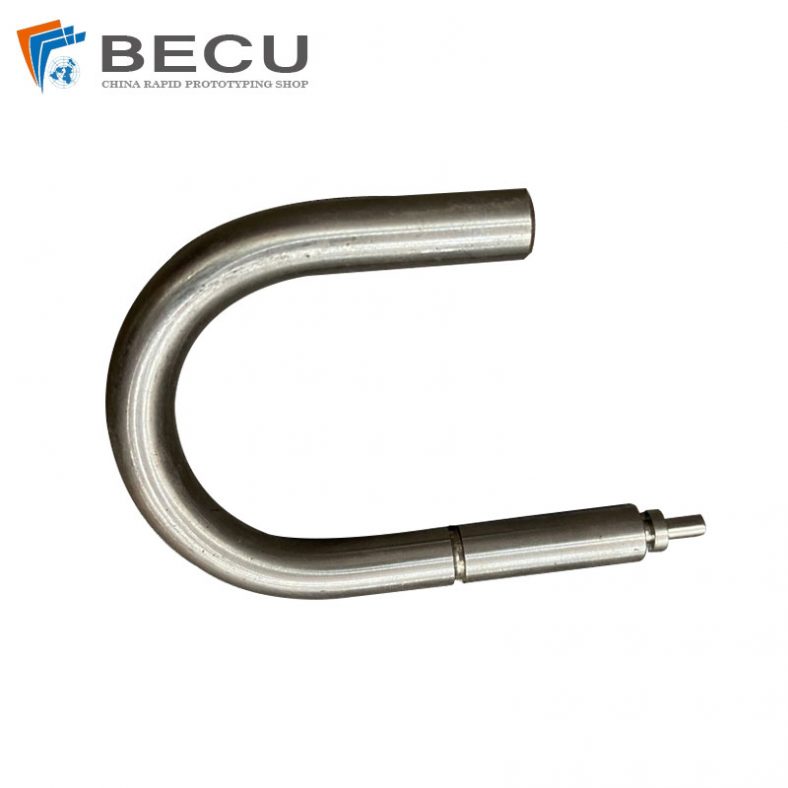
Automatic Swiss Turning Stainless Steel 316L U-bolt
-

CNC Turning-Milling Machining Copper Facial Massage Roller
-

Swiss Turning Stainless Steel 17-4 PH Positioning Bushing
-
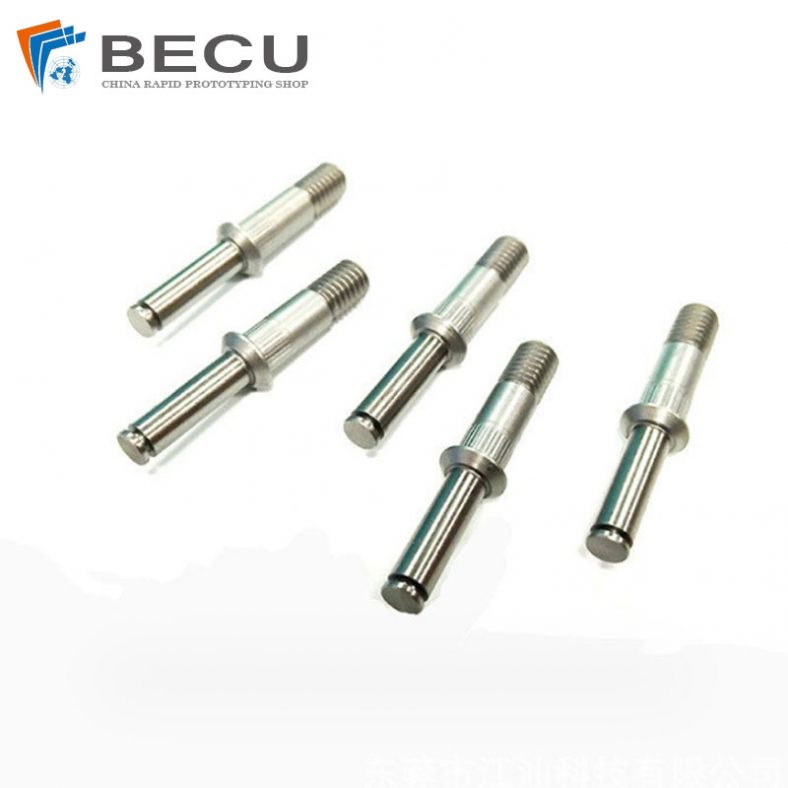
Precision Swiss Turning Titanium Alloy Medical Shaft
-

Swiss Turning 304 Stainless Steel Medical Threaded Rod
-
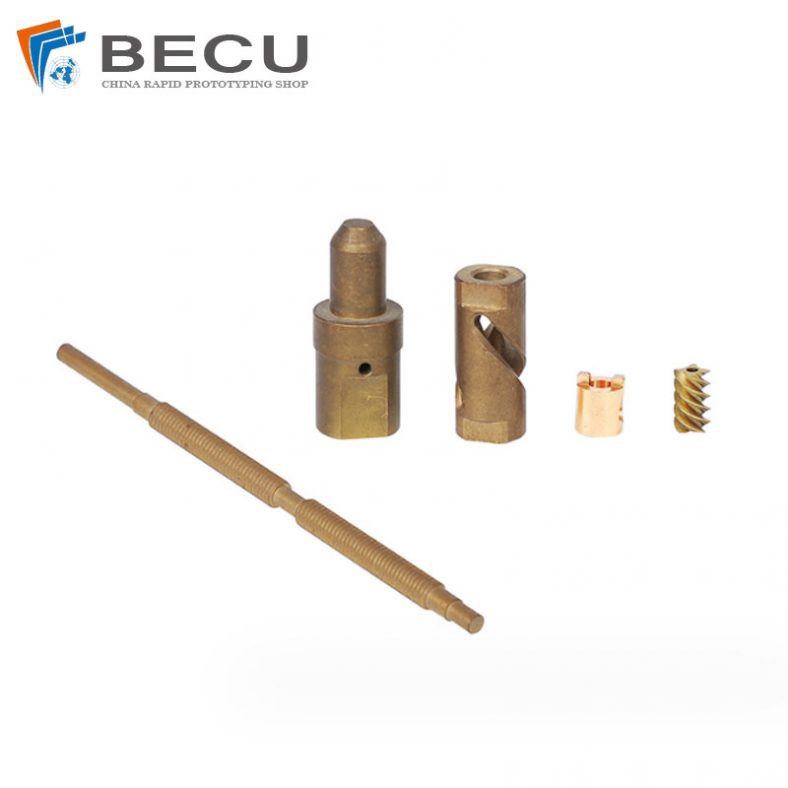
Screw CNC Machining Non-Standard Mandrel Tube Shaft
-

Swiss CNC Machining And Turning Brass 360 Shaft
-
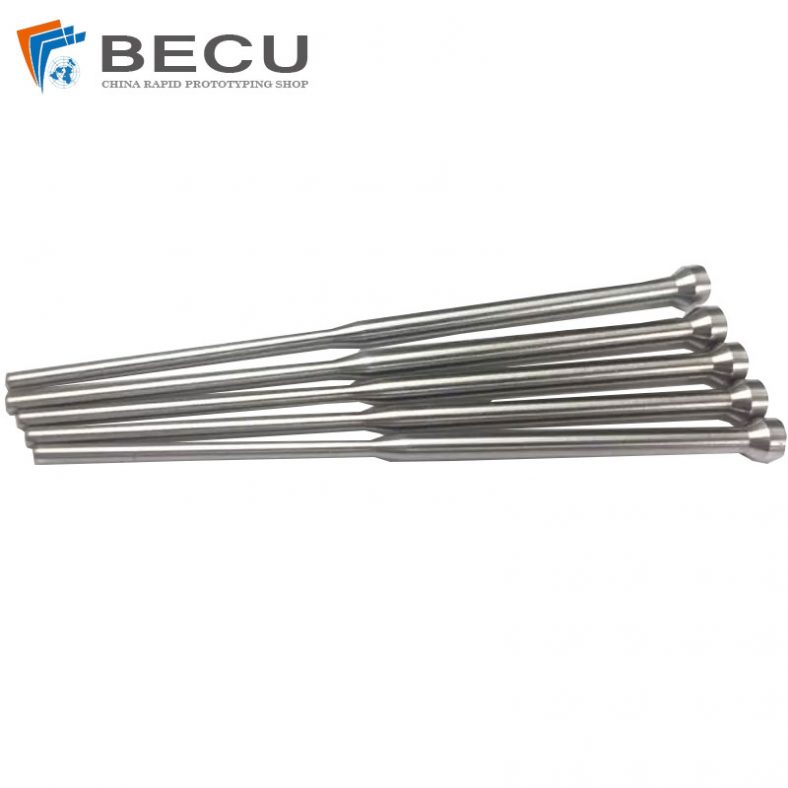
Deep Hole CNC Turning Titanium Alloy Dispensing Needle
-
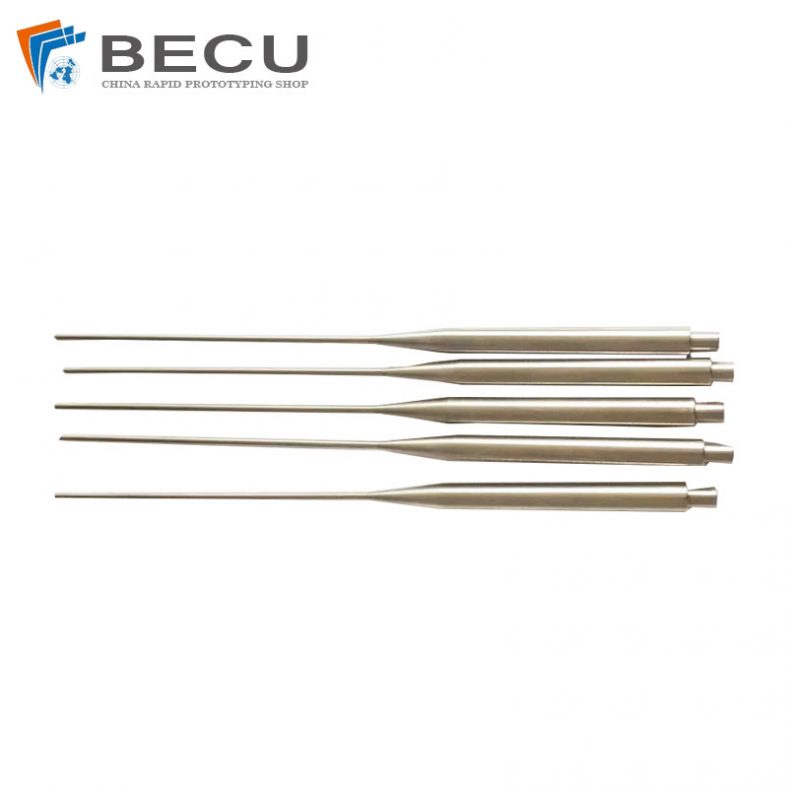
Precision Turning TC4 Alloy Medical Ultrasound Bead Needle
-
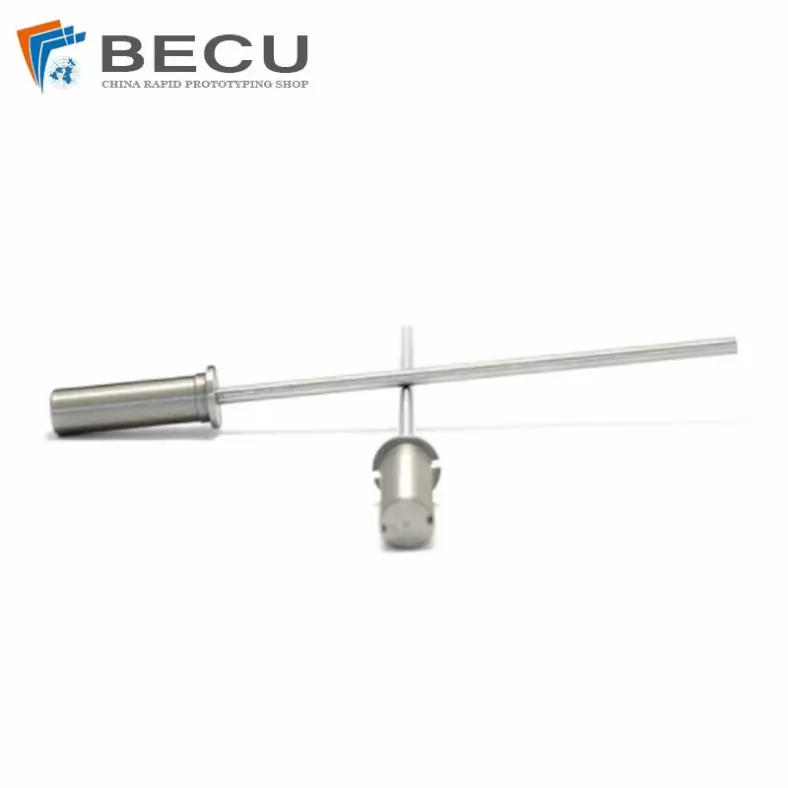
Swiss Machining Stainless Steel Alloy Medical Disposable Trocar
-

Swiss Turning Gold-Plated T2 Copper Parts
